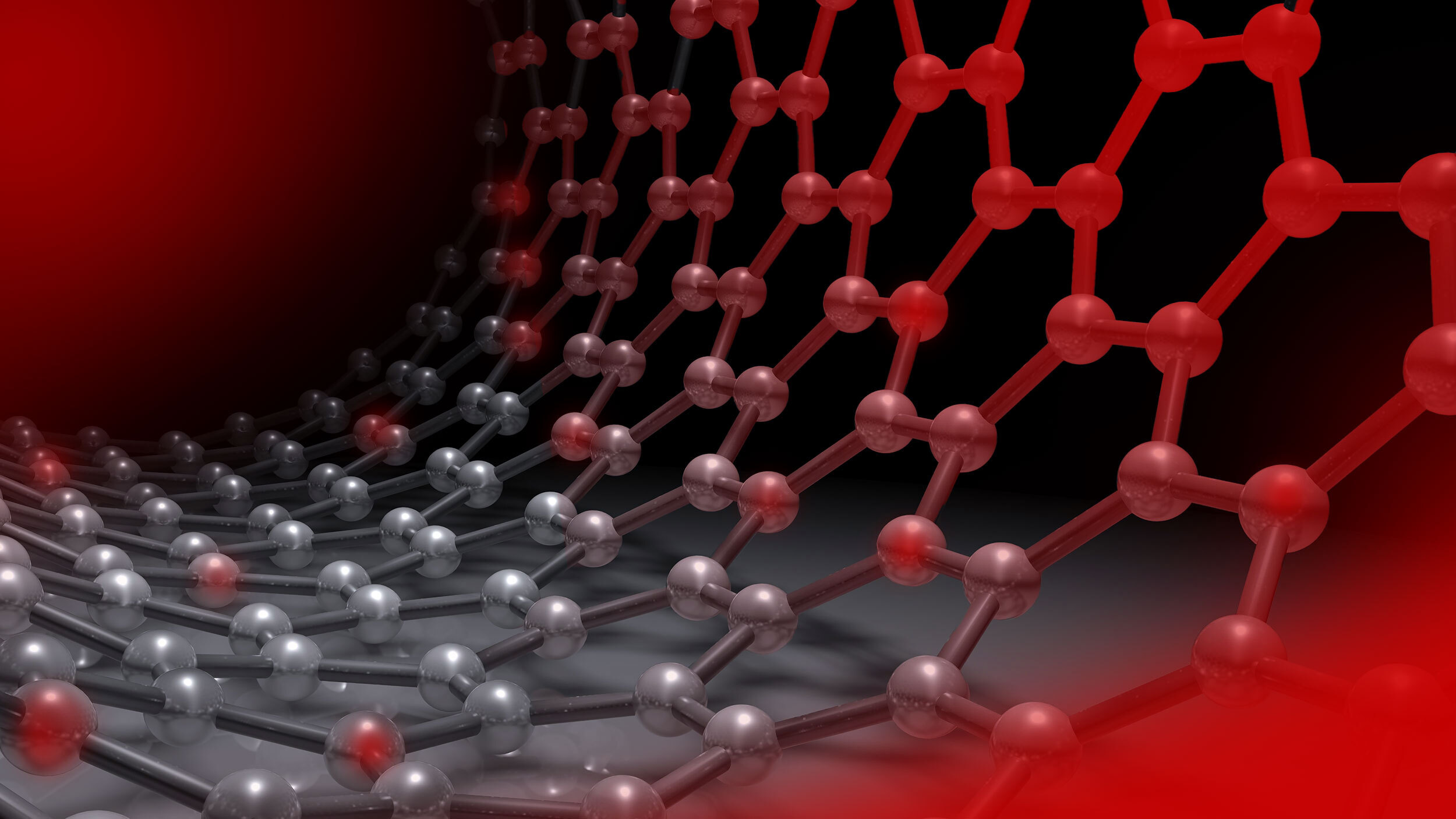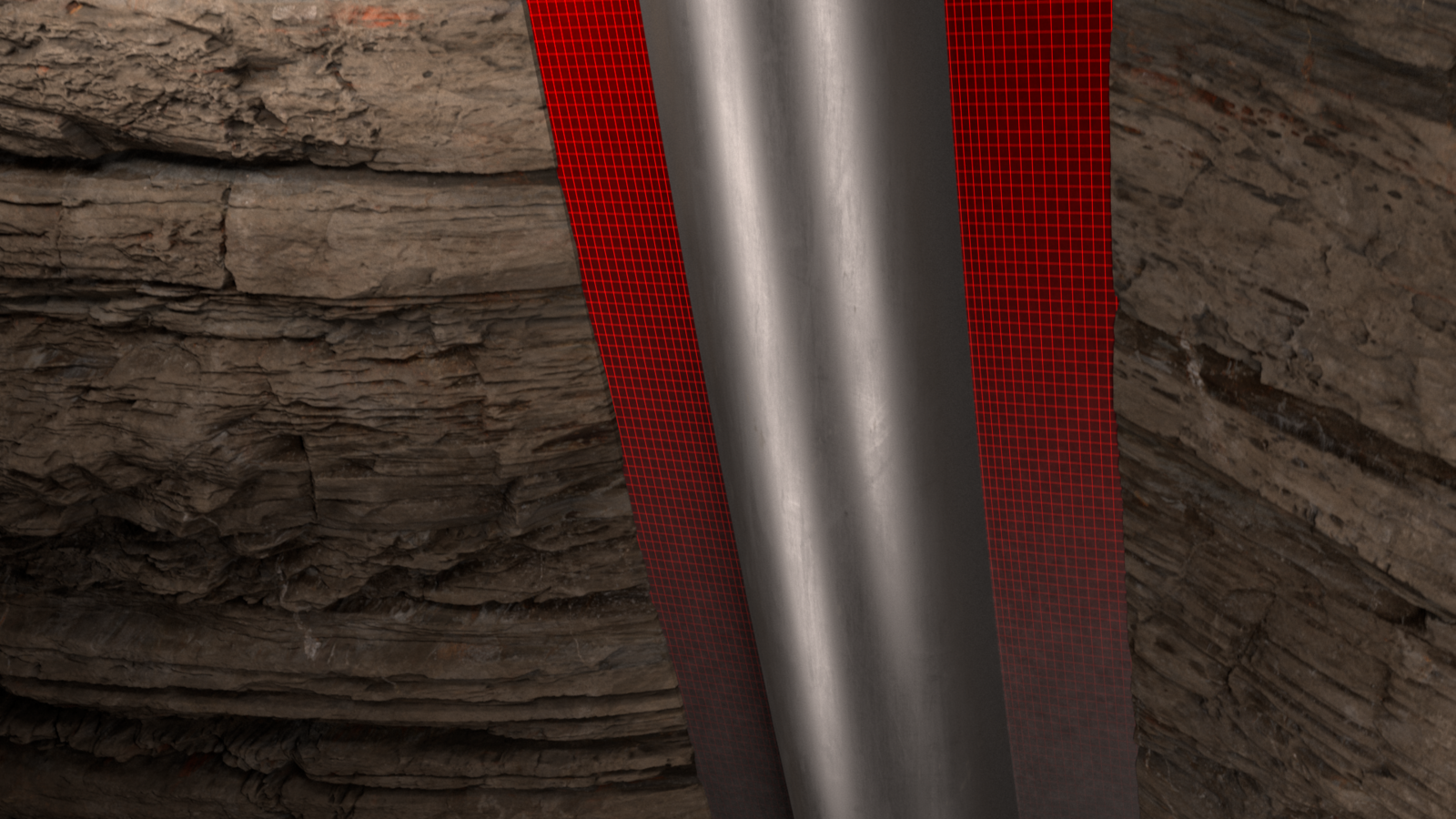 Search
Search
 Search
Search

ThermaLock™ II cement system successfully placed during multiple-stage cement operation for carbon sequestration
Download PDFCCUS well
Corrosion-resistant cement solution for future planned CCUS well

USA

With the industry focus on a low-carbon future, carbon capture, utilization, and storage (CCUS) is a rapidly growing market. Regulatory bodies, such as the Environmental Protection Agency (EPA), require operators to fulfill specific and rigorous requirements to obtain Class VI status for CCUS wells.
An operator required Class VI injection well status to sequester carbon dioxide. Lost circulation was anticipated across the openhole section. To minimize equivalent circulating density (ECD) and achieve full cement coverage of the annulus, a lightweight CO2-resistant sealant system was recommended.
To address challenges associated with corrosive injection and slim ECD margins, corrosion-resistant cement was placed as part of a multiple-stage cement operation. The non-Portland 13-lbm/gal ThermaLock II cement system was pumped during the first stage to help significantly minimize the effects of carbonation attributed to CO2 exposure. A lightweight 11.5-lbm/gal NeoCem system lead was pumped during the second stage followed by a 13.5-lbm/gal IsoBond™ cement system tail slurry.
The NeoCem system is a reduced Portland slurry with enhanced mechanical properties to help minimize the effects of cyclic loading induced by the injection process on the mechanical integrity of the cement barrier.
The IsoBond cement system provides enhanced shear bonding that helps minimize the potential for debonding and creation of pathways for CO2 to flow to the surface. It additionally provides a low-permeability barrier to help improve corrosion resistance and provide ultralow fluid loss. This is to shorten the slurry transition time to help compact fluid flow through unset cement and ultimately reduce the potential for sustained casing pressure (SCP).
The operation was executed in two stages to help ensure the ThermaLock II cement slurry was isolated from other fluids to help prevent contamination of the planned barrier in the injection zone. In addition to standard laboratory testing of all fluids, contaminated thickening time tests were performed to help ensure no adverse interaction between the ThermaLock II cement and the NeoCem slurry systems during the second stage of the operation.
Stage design
lbm/gal ThermaLock™ II cement system pumped 1st stage
lbm/gal NeoCem™ system lead pumped 2nd stage
lbm/gal IsoBond™ cement system tail slurry
All operator objectives were met after placement of the corrosion-resistant barrier in the injection zone and circulation of the cement to the surface. Identification of the cement at the surface during each stage indicated a full column of cement from the surface to the injection zone. This confirmed one of the key objectives to obtain Class VI well status.

Reduced Portland content helps customers lower carbon emission baselines and provides engineered systems with enhanced barrier performance.

IsoBond™ cement system mitigates sustained casing pressure by managing gas migration and annular flow.
